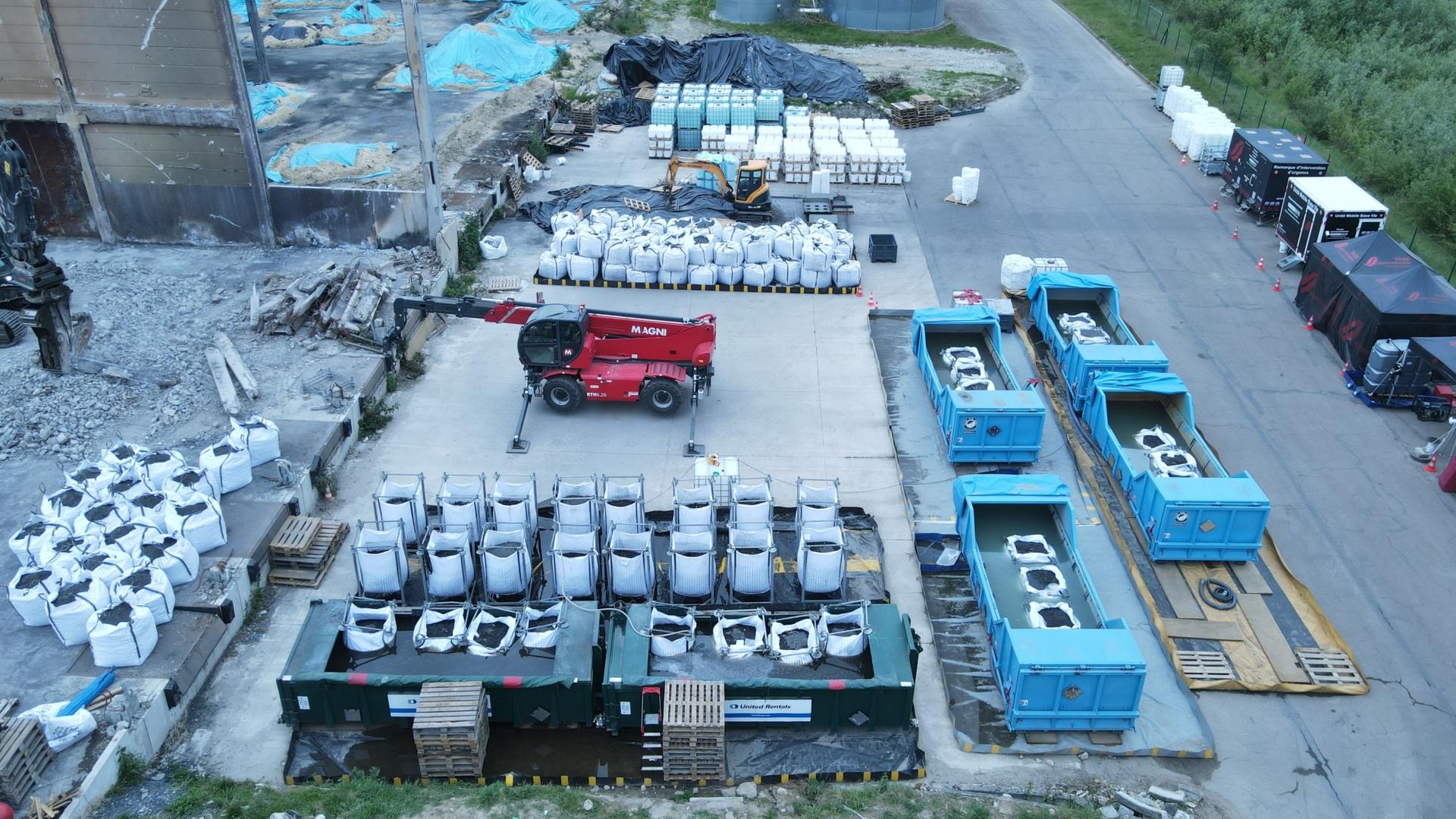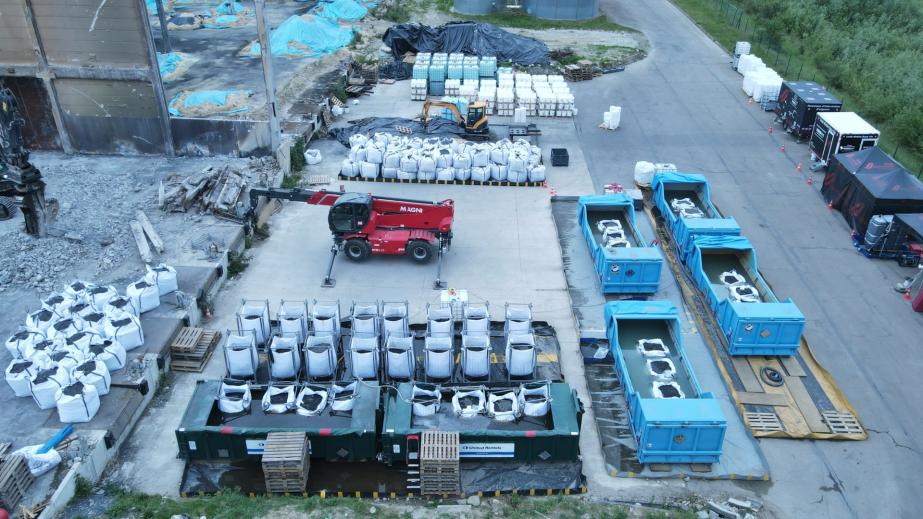Completion of dismantling and management of spoil and fire residues from Unit 1 at theGrand-Couronne site (Seine-Maritime)


Controlled intervention at Unit 1, with a surface area of 6,000 m².
The work, which began on March 12, 2025, involved mobilizing a team of 15 experts from Séché Urgences Interventions (SUI) – chemists, technicians and specialized operators – to carry out highly complex operations to neutralize hydro-reactive combustion residues, to pack these residues into 30-liter ADR buckets, and to process them at the Séché Environnement group's incinerators at its Tredi Salaise, Saint-Vulbas, and Strasbourg sites.
More than 4,530 tons of combustion residues removed and treated by the Séché Environnement group
A total of 4,530 tons of combustion residues were removed, including approximately :
- 2,660 tons of ash (201 truck loads),
- 320 tons of scrap metal (31 truck loads),
- 490 tons of concrete (18 truck loads),
- 1,060 tons of saturated neutralization brine (44 tanks).
The residues containing lithium that were neutralized, secured and transported by road as hazardous materials (TMD) include the following types:
- Hydro-reactive residues from partially or totally damaged batteries,
- Contaminated automotive debris and components,
- Burnt structural materials,
- Fire residues and site equipment.
A very strict protocol was implemented, including:
- Secure packaging of combustion residues in big-bags,
- Neutralization via hydrolysis using a protocol developed by Séché Environnement’s R&D center,
- Transfer to Tredi (a Séché Environnement subsidiary) processing centers for thermal treatment, guaranteeing energy recovery and regulatory compliance.
Key figures for the site
- 250 ADR flatbed trucks for removing pallets containing combustion residues packed in ADR buckets,
- 44 ADR tanks for removing neutralization brines,
- 4,450 pallets packed, i.e., 120,000 buckets of water-reactive ash,
- 17 weeks of continuous work,
- 0 workplace accidents.
Regulatory control and monitoring system
All combustion residues were removed as part of the TrackDéchets traceability system.
- 14 inspections conducted by Bureau Veritas, including sampling and analysis (initial and final soil and groundwater testing, dust measurements using the Owen gauge, concrete testing).
- 21 inspections by court officers, to verify the condition of the site and the traceability of the samples collected by Bureau Veritas, in particular during the final phases.
- 5 visits from the SDIS76 delegation, including officers specialized in chemical risks, to better understand the post-fire chemical risks.
In addition, the Regional Directorate for the Environment, Planning and Housing provided support throughout the project, in the form of inspection visits. It approved the completion of work on Unit 1 on July 9.
Hello,
We will do our best to answer you as soon as possible.
